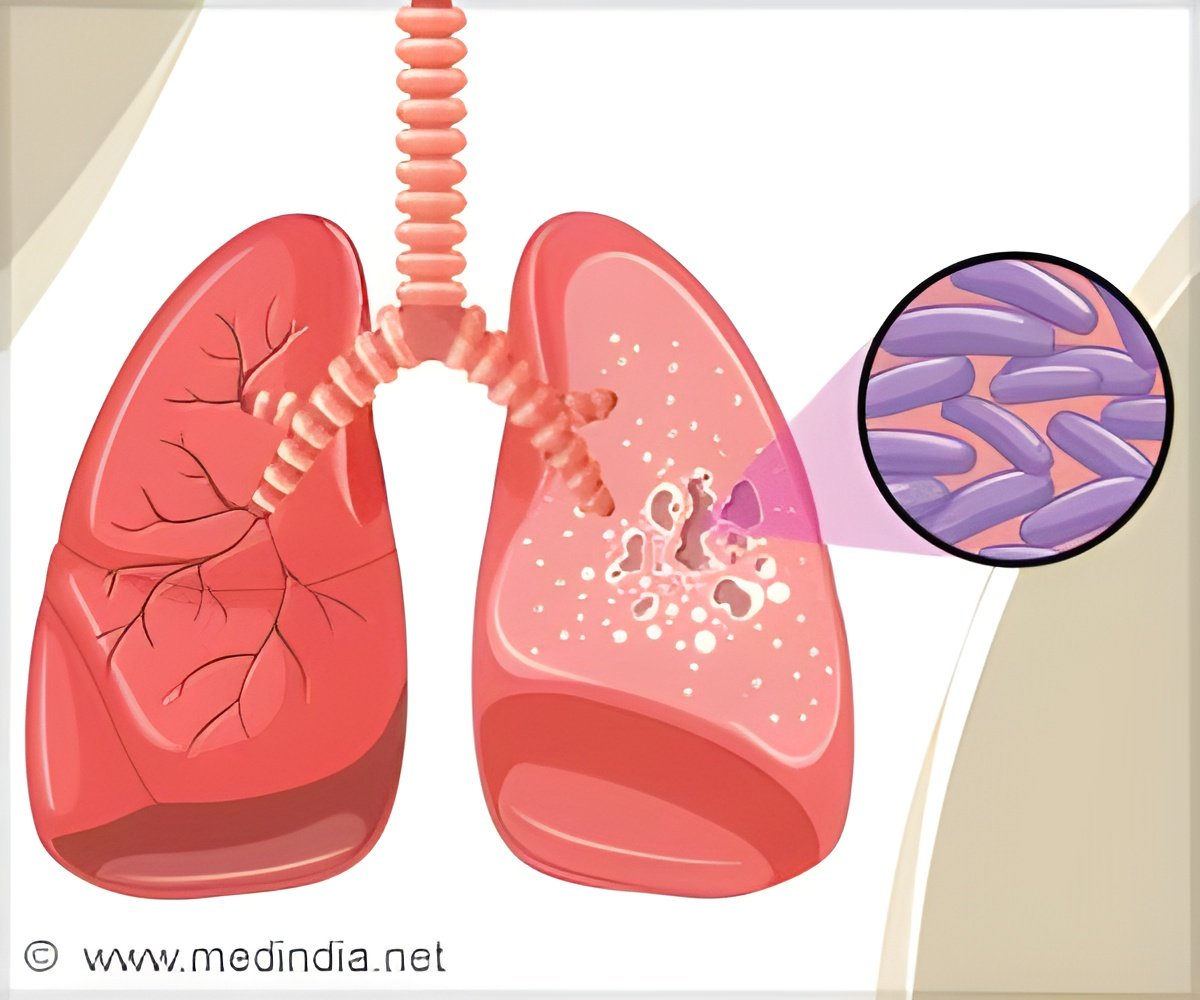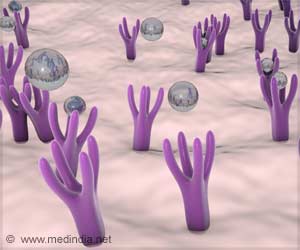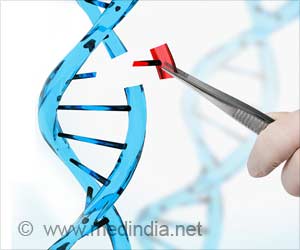A molecule developed in lab can identify the bacteria that cause tuberculosis (TB) and make it to glow.

Despite its devastating toll on health, the bacteria behind TB, Mycobacterium tuberculosis, can be hard to spot. Current tests rely on chemical stains that have been around for decades and can be finicky. Estimates put the sensitivity of these stains anywhere from 32 percent to 94 percent.
Better detection methods are sorely needed to combat TB, which killed more than 1.7 million people worldwide in 2016, says Bertozzi, of Stanford University. "If you can't even get an accurate diagnosis, how do you treat people?"
As a chemist, Bertozzi, along with her colleagues, studies the molecules that make up bacterial cell walls. Early discoveries by her lab revealed that some bacteria use sugar molecules called trehalose as building blocks. Bertozzi found the cell walls of M. tuberculosis particularly compelling. "There's some really interesting biology there." She began working with a team of scientists who held personal stakes in tuberculosis research. After a chance encounter at a meeting at Janelia Research Campus, Bertozzi decided to collaborate with study coauthor Professor Bavesh Kana of the University of Witwatersrand in Johannesburg, South Africa.
The scientists realized that trehalose molecules - those cell wall building blocks - might offer a way to flag living M. tuberculosis cells. But first, the team needed to find a chemical beacon that would make the flag visible. One chemical, called DMN, seemed to fit the bill. DMN can glow under certain wavelengths of light - but only when it is out of water. Because the M. tuberculosis cell wall contains a membrane that's a "thick layer of grease," Bertozzi says, it's the perfect place for DMN to light up.
That insight - that DMN was "off" until a cell tucks it into its membrane - was key, Bertozzi says. "It's such a simple thing, but simple things like that make all the difference between something that can be deployed or not."
Advertisement
In tests on sputum samples from 16 people with TB, DMN-Tre picked up M. tuberculosis cells in all of the samples. The new technique performed similarly to the standard - but more complex and time-consuming - labeling method based on the Auramine O stain, a dye that sticks to acids in bacterial cell walls.
Advertisement
Unlike existing TB detection methods, DMN-Tre can also distinguish cells that are metabolically active from those that are not. Because the molecule relies on bacteria to actively incorporate it into the membrane, only healthy cells are labeled, whereas cells that are compromised by drug treatment do not label as well. That property may allow clinicians to monitor how well treatments are working in people, and perhaps even test whether certain mixtures of drugs would work against specific strains of M. tuberculosis.
More work remains before the molecule is ready for use in the field, Bertozzi says. But she's optimistic that the new method could prove useful in the global fight against TB.
Source-Eurekalert















